First harvest of compost
socks
2 years ago
Featured Answer
Sort by:Oldest
Comments (16)
Related Discussions
Harvested my first zucchini from my first garden :)
Comments (3)Pn, I think you can keep the thrill alive by growing something new, but you're right the first year is probably the most exciting lol... Congrats on the zuke Aili!...See MoreFirst compost harvest
Comments (3)I forgot to add that I collected all the leaves running them through the lawnmower. I went back and forth across the lawn pushing them toward the bins, then when I got them to the edge of the yard I raked 'em in. Its great having them all chopped. :)...See MoreNext spring- Tea first, or compost first?
Comments (9)I can help with that. I used pure sand to cover my washed out limestone soil when we moved in in 1992. After many years of being on an organic program my sand has enough dark matter in it to trick you into thinking it is dark soil. I know the sand is still pure white because I tested it during a remodeling job a couple years ago. The contractor dug up an old walk way through the back yard and I was surprised to see the very dark brown color of the soil under the St Augustine. I scooped some up and dropped it into a glass of water. The white sand dropped to the bottom of the glass immediately. Most of the brown stuff floated and there was some brown discoloration of the water. I used compost once on this yard in the late 90s. The sand came to me originally as a 50:50 mix with "compost" which was extremely hot at the time. It was basically sand and horse manure. Since 2002 I've used corn meal, alfalfa pellets, and corn gluten meal. That's all. The soil looks pretty rich but it really is only sand and the composted remains of roots, leaves, grass clippings, and whatever I've applied. Does that help?...See MoreFirst year, first harvest.
Comments (7)Thanks everyone, sorry for the late response. I have been out of wi-fi range for a few days. Ah!! Warm fuzzies n bunnies. Woohooman, I had most of my peppers started pretty early, main issue was the learning curve, I replanted some due to lack of sun and some I planted in inadequate soil others were just late additions in the name of learning, now I know what areas get ample sun and have a good idea of what soils to use. Growing em is as addictive as eating them, maybe not the best for my OCD ;-) dj...See Moresocks
2 years agosocks
2 years agoClaire McConway
2 years agoJanet Alvaro
2 years agoChristine Taylor
last yearannpat
last yeartoxcrusadr
last yeargardengal48 (PNW Z8/9)
last yeartoxcrusadr
last yearannpat
last year
Related Stories
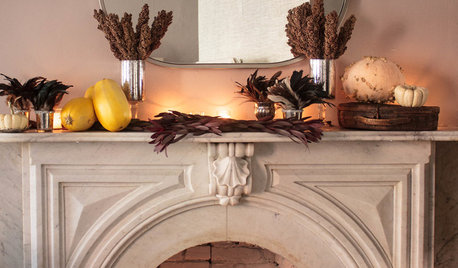
HOLIDAYSA Brooklyn Mantel Celebrates the Harvest Festival for Thanksgiving
Holiday decorating diary: A New York designer takes a cue from Early American festivities with a bountiful display
Full Story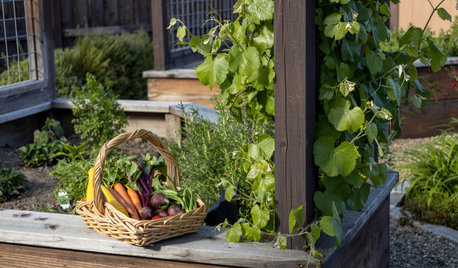
GARDENING 101What to Do in Your Edible Garden After the Summer Harvest
Set up your veggie garden to be productive and healthy year after year with this fall checklist
Full Story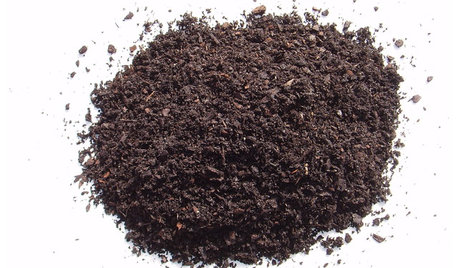
GARDENING GUIDESGet on a Composting Kick (Hello, Free Fertilizer!)
Quit shelling out for pricey substitutes that aren’t even as good. Here’s how to give your soil the best while lightening your trash load
Full Story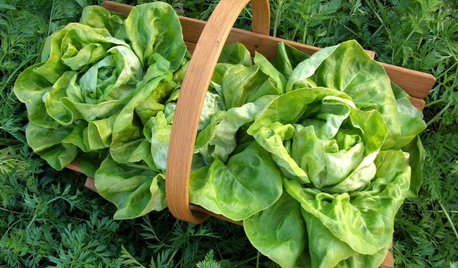
GARDENING GUIDES10 Easy Edibles for First-Time Gardeners
Focus on these beginner-friendly vegetables, herbs, beans and salad greens to start a home farm with little fuss
Full Story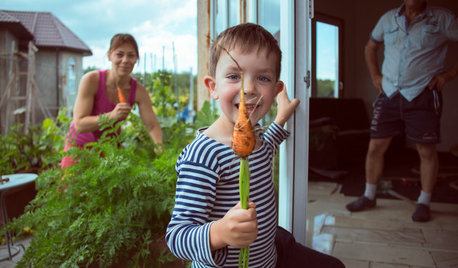
GARDENING AND LANDSCAPINGWorld of Design: 10 Home Gardeners Show Us Their Sweet Summer Harvests
From New York to Tokyo, these gardeners have turned their yards, terraces and rooftops into places of bounty
Full Story
GREEN BUILDINGHow to Harvest Rainwater for Your Garden
Conserve a vital resource and save money by collecting stormwater for irrigation in a barrel or tank
Full Story
KITCHEN DESIGNHouzz Call: Tell Us About Your First Kitchen
Great or godforsaken? Ragtag or refined? We want to hear about your younger self’s cooking space
Full Story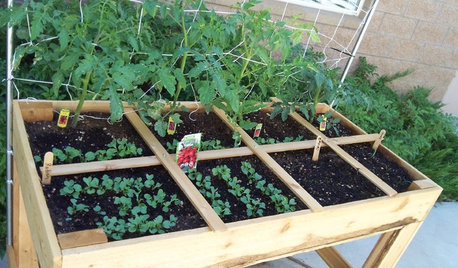
GARDENING GUIDESMaximize Harvests With Square-Foot Gardening
This efficient edible-gardening technique can help people who are short on space
Full Story
YELLOWFind Your Fall Color: Harvest Gold
See the many ways, large and small, to incorporate this rich autumn shade into your home
Full Story
GREEN BUILDINGWhere to Hide the Kitchen Compost Bin
Enriching your soil doesn’t have to mean staring at a countertop pile of decomposing food scraps
Full Story


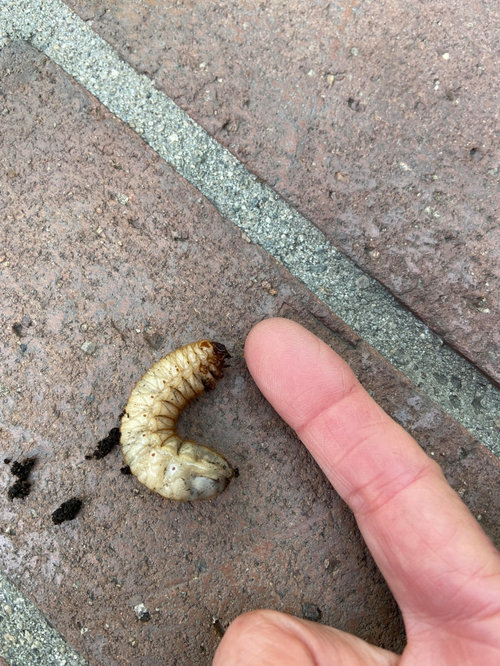
tsugajunkie z5 SE WI ♱